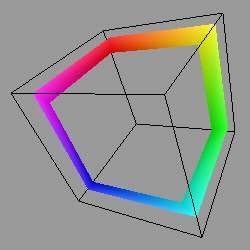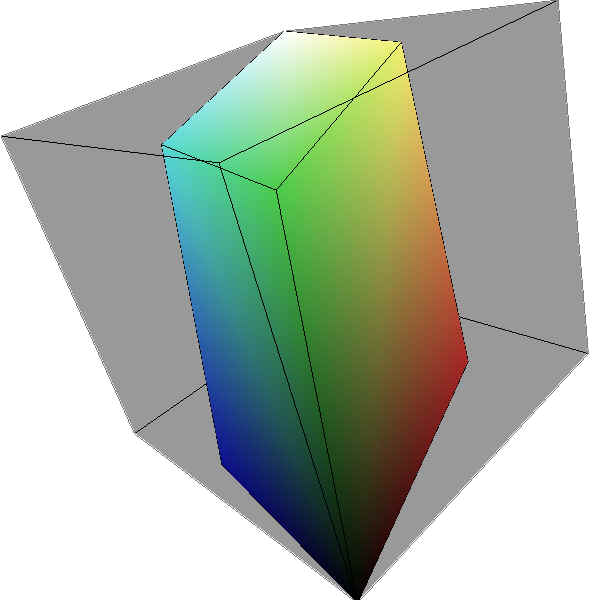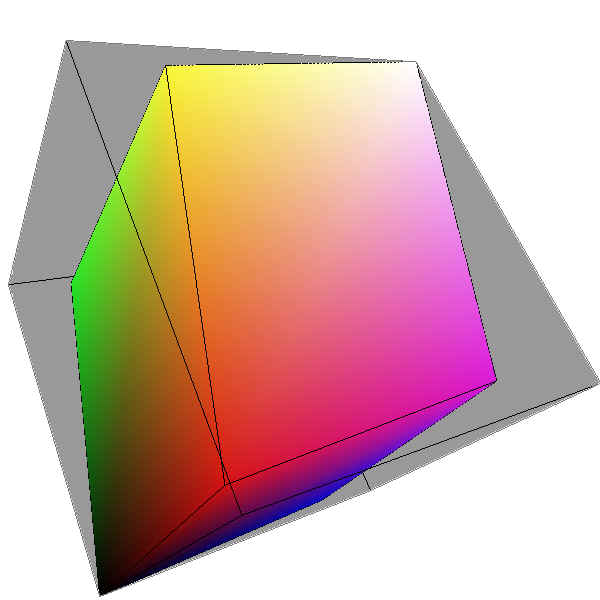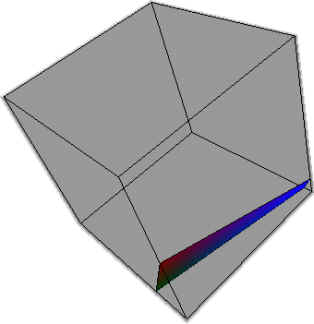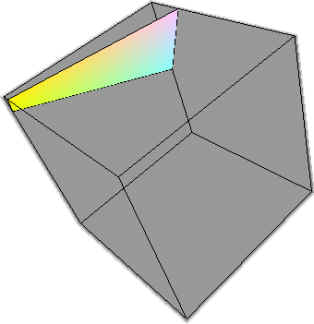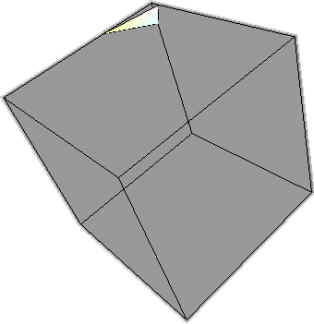Color TheoryAs a complement to the definitions found in the Color Glossary, we will now develop some of the terms that were presented there. This article echoes the definitions read earlier but takes a more mathematical and scientific approach to color. And remember, all of these ideas still tie back to the COLORCUBE model and the theory that surrounds it. Color is a phenomenon of light caused by how our eyes detect differing qualities of projected or reflected light. Because science and technology has allowed us to understand the physiology of the human eye, to measure wavelengths of light and chart energy patterns, we have come a long way in grasping the complexities of color. Please find below how we define the dimensions of color in terms of hue, lightness, saturation and other characteristics of light. While this article is not the most comprehensive text on color, we hope it serves to increase your understanding of it. For more illustrations, please see the write-up on the Dimensions of Color Screensaver.
|
Other Articles: Return to Articles Menu |


















